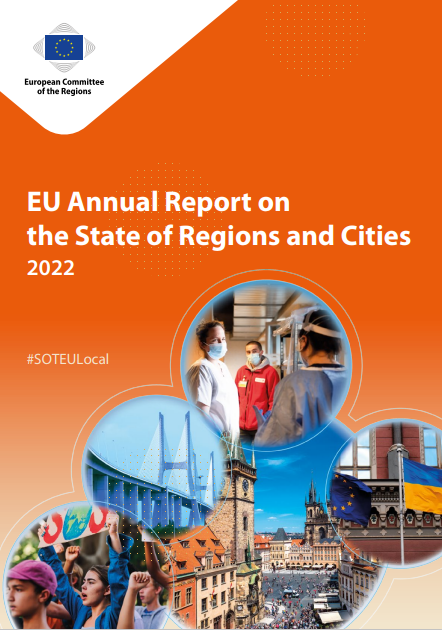
On 11 October 2022, the Committee of the Regions published its annual report on the State of the Regions and Cities in the European Union. This report provides a snapshot of the most relevant issues faced by European regions and cities in the current year.
As emerged earlier this year by the 8th Cohesion Report, the EU Annual Report confirms the existence of an important territorial divide between rural and urban areas.
Rural areas are shrinking rapidly and their population “is predicted to fall from 36.1% in 1993 to 29.2% in 2033”, states the EU Annual Report. In rural areas, the population aged 65 and above is also growing more rapidly than elsewhere in Europe, the report points out.
Another main issue is the long-term economic decline, which creates discontent and disconnection across European citizens, especially in rural areas. Lack of basic digital infrastructure and broadband connection in rural Europe, further excharbate the rural-urban divide across the European Union. “The highest divide is to be found in Bulgaria, Greece and Portugal”, the report states. Digital divide also hinders the digital transformation of businesses and the distribution of high-growth enterprises.
In addition, the pandemic and energy crisis have increased the percentage of people at risk of poverty or social exclusion across the European Union. Rural citizens are slightly more affected than the ones living in urban areas (22% vs. 19%). Similarly, inflation, highest energy and transport costs affect citizens living in rural areas more than others.
However, rural cities and regions have also untapped potential, the EU Annual Report points out. For instance, in the framework of the current energy crisis, rural areas have a “large potential for energy independence through renewables”, the report states, and this potential should be used to ensure energy independence.
To conclude, the EU Annual Report warns that the lack of involvement of regional and local authorities in the Recovery Plan risks widening the territorial divide in Europe.
In this framework, SHERPA will soon publish a set of position papers by the MAPs (Multi-Actor Platforms). These papers provide a picture of the current state of different rural areas across Europe in terms of their social dimension, land use, digitalisation and value chains.
Published by Carla Lostrangio